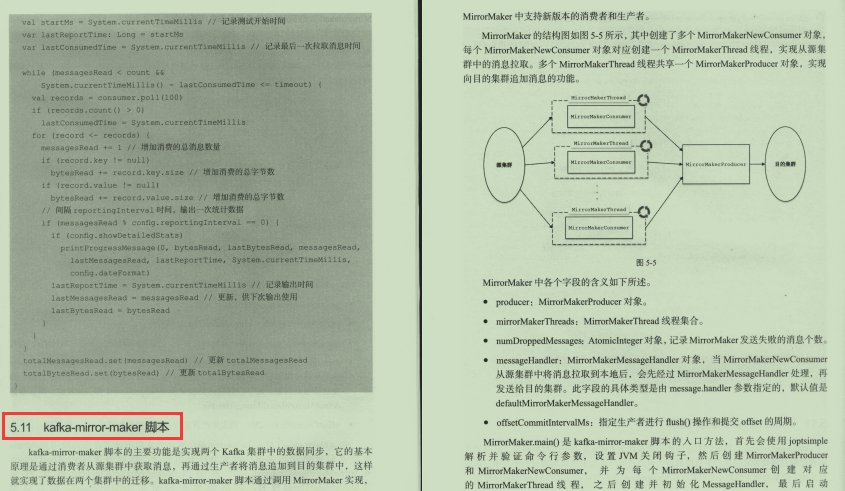本文共 2489 字,大约阅读时间需要 8 分钟。
前言
在实际开发,Redis使用会频繁,那么在使用过程中我们该如何正确抉择数据类型呢?哪些场景下适用哪些数据类型。而且在面试中也很常会被面试官问到Redis数据结构方面的问题:
- Redis为什么快呢?
- 为什么查询操作会变慢了?
- Redis Hash rehash过程
- 为什么使用哈希表作为Redis的索引
当我们分析理解了Redis数据结构,可以为了我们在使用Redis的时候,正确抉择数据类型使用,提升系统性能。
1、什么是Nginx,谈谈个人都理解,项目中是否用到,为什么要用,有什么优点?
Nginx ,是一个 Web 服务器和反向代理服务器用于 HTTP、HTTPS、SMTP、POP3 和 IMAP 协议。
主要功能如下:
1、正向、反向代理
2、负载均衡、分流 3、虚拟主机(绑定host)优点:
跨平台、配置简单,非阻塞、高并发连接、内存消耗小、成本低廉。
2、正向代理和反向代理的区别是什么?

正向代理是一个位于客户端和原始服务器之间的服务器,为了从原始服务器取得内容,客户端向代理发送一个请求并指定原始服务器,然后代理向原始服务器转交请求并将获得的内容返回给客户端。代理服务器和客户端处于同一个局域网内。
比如说fanqiang。我知道我要访问谷歌,于是我就告诉代理服务器让它帮我转发。
反向代理实际运行方式是代理服务器接受网络上的连接请求。它将请求转发给内部网络上的服务器,并将从服务器上得到的结果返回给网络上请求连接的客户端 。代理服务器和原始服务器处于同一个局域网内。
比如说我要访问taobao,对我来说不知道图片、json、css 是不是同一个服务器返回回来的,但是我不关心,是反向代理 处理的,我不知道原始服务器。
3、Nginx如何处理HTTP请求的?
它结合多进程机制(单线程)和异步非阻塞方式。
1、多进程机制(单线程)
服务器每当收到一个客户端时,就有 服务器主进程 ( master process )生成一个 子进程( worker process )出来和客户端建立连接进行交互,直到连接断开,该子进程就结束了。
2、异步非阻塞机制
每个工作进程 使用 异步非阻塞方式 ,可以处理 多个客户端请求 。运用了epoll模型,提供了一个队列,排队解决。
当某个 工作进程 接收到客户端的请求以后,调用 IO 进行处理,如果不能立即得到结果,就去 处理其他请求 (即为 非阻塞 );而 客户端 在此期间也 无需等待响应 ,可以去处理其他事情(即为 异步 )。
当 IO 返回时,就会通知此 工作进程 ;该进程得到通知,暂时 挂起 当前处理的事务去 响应客户端请求 。
4、Nginx的master和worker是如何工作的?
这跟Nginx的多进程、单线程有关。(一个进程只有一个主线程)。
为什么要用单线程?
采用单线程来异步非阻塞处理请求(管理员可以配置Nginx主进程的工作进程的数量),不会为每个请求分配cpu和内存资源,节省了大量资源,同时也减少了大量的CPU的上下文切换,所以才使得Nginx支持更高的并发。
简单过程:
主程序 Master process 启动后,通过一个 for 循环来 接收 和 处理外部信号 ;
主进程通过 fork() 函数产生 worker 子进程 ,每个子进程执行一个 for循环来实现Nginx服务器对事件的接收和处理 。
详细过程:
1、Nginx 在启动后,会有一个 master 进程和多个相互独立的 worker 进程。
2、master 接收来自外界的信号,先建立好需要 listen 的 socket(listenfd) 之后,然后再 fork 出多个 worker 进程,然后向各worker进程发送信号,每个进程都有可能来处理这个连接。 3、所有 worker 进程的 listenfd 会在新连接到来时变得可读 ,为保证只有一个进程处理该连接,所有 worker 进程在注册 listenfd 读事件前抢占 accept_mutex ,抢到互斥锁的那个进程注册 listenfd 读事件 ,在读事件里调用 accept 接受该连接。 4、当一个 worker 进程在 accept 这个连接之后,就开始读取请求、解析请求、处理请求,产生数据后,再返回给客户端 ,最后才断开连接。5、Nginx 常用命令有哪些?
- 启动 nginx 。
- 停止 nginx -s stop 或 nginx -s quit 。
- 重启 nginx -s reload 或 service nginx reload 。
- 重载指定配置文件 .nginx -c /usr/local/nginx/conf/nginx.conf 。
- 查看 nginx 版本 nginx -v 。
6、nginx中500、502、503、504 有什么区别?
500:
Internal Server Error 内部服务错误,比如脚本错误,编程语言语法错误。
502:
Bad Gateway错误,网关错误。比如服务器当前连接太多,响应太慢,页面素材太多、带宽慢。
503:
Service Temporarily Unavailable,服务不可用,web服务器不能处理HTTP请求,可能是临时超载或者是服务器进行停机维护。
504:
Gateway timeout 网关超时,程序执行时间过长导致响应超时,例如程序需要执行20秒,而nginx最大响应等待时间为10秒,这样就会出现超时。
总结
大型分布式系统犹如一个生命,系统中各个服务犹如骨骼,其中的数据犹如血液,而Kafka犹如经络,串联整个系统。这份Kafka源码笔记通过大量的设计图展示、代码分析、示例分享,把Kafka的实现脉络展示在读者面前,帮助读者更好地研读Kafka代码。
需要免费领取这份Kafka源码笔记的铁汁们,麻烦帮忙转发一下这篇文章+关注我,然后
ka代码。
需要免费领取这份Kafka源码笔记的铁汁们,麻烦帮忙转发一下这篇文章+关注我,然后

转载地址:http://psbl.baihongyu.com/